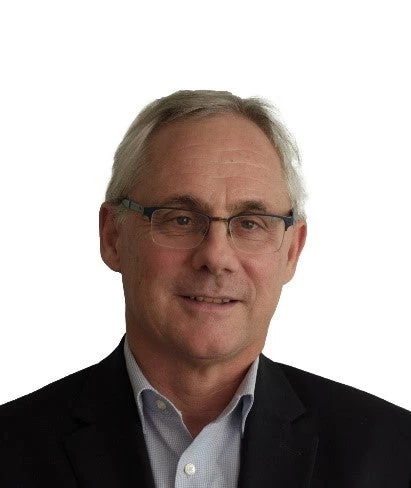The story of a country’s economic development is often told through the lens of new roads, factories, power lines, and ports. However, it can also be told through the voices of every day heroes, individuals who have taken action to improve their lives and those around them.
In this blog series, the World Bank Group, in partnership with the Ivorian newspaper Fraternité Matin and blogger Edith Brou, tells the stories of those individuals who, with a boost from a Bank project, have set economic development in motion in their communities.
Impeccably dressed in traditional attire and a fedora that confer authority befitting a descendant of a long royal lineage, Ekra Kobenan sits straight-backed in a chair reserved for the traditional chief of the town of Prikro, in central Côte d’Ivoire. He tells me about the positive impact the Bassawa-Sérébou bridge has had, a sentiment shared by other regional chiefs.
“The construction of the bridge was a relief for us all. In the past, many sick people died as there was no means of transportation in an emergency. During the rainy season, the river overflows its banks and the rough waters provoke accidents. Pirogues carrying passengers capsized on a regular basis, leading to the deaths of many people,” he noted bitterly.
Completed in October 2015, the 152-meter-long bridge links the two banks of the Comoé river. It also connects the Center region to the East region, a strategic crossroad for economic trade between the Gbêkê, Hambôle, Iffou, and Gontougo regions. Financed by the World Bank’s Infrastructure Renewal and Urban Management Project in Côte d'Ivoire (PRICI), the bridge cost just over CFAF 10 billion when taking into account the expenses associated with restructuring all the roadways leading to the bridge, and the rehabilitation of schools, health centers, and the Sérébou mosque.
According to Jean-Baptiste Ouedraogo, this is a rather paltry sum when compared to the gains benefiting the local population, whose economic activity suffered from a lack of access to markets. “We had to overcome many obstacles to transport our goods to Sandegué and Bondoukou. The region was so isolated that our goods would rot,” explained Ouedraogo.
Farmers are now able to easily transport and obtain the best prices for items such as cashew nuts, yams, cotton, corn, tomatoes, eggplant, and kourou, which are grown in large quantities in the North-East. Better yet, the bridge broadens their horizon by providing access to new markets in large cities, particularly in Bouaké and Abidjan.
However, many Ivorian farmers are still isolated and unable to fully enjoy the fruits of their labor. With less opportunities to sell their goods, they aren’t able to increase their income. Today, it is estimated that only one in three Ivorians lives within less than two kilometers of an all-weather road. Even when roads exist, they are oftentimes poorly maintained, not to mention the countless rural roads that become impracticable during the rainy season.
In short, for a country whose economy is mainly based on agricultural products, there is no doubt that building and rehabilitating roads and strategic infrastructure to make rural areas more accessible is a top priority. A few questions remain however:
Given the fact that farmers face other obstacles such as a lack of financing and land tenure, to what extent does increasing accessibility really help them? Will a smart policy for improving accessibility in rural areas decrease or speed up the rural exodus?



Join the Conversation